The Role of Epidemiology in Controlling Infectious Diseases
Epidemiology plays a critical role in understanding, preventing, and controlling the spread of infectious diseases. By analyzing patterns, causes, and effects of health conditions in populations, epidemiologists provide data-driven insights that form the backbone of public health strategies. The field offers invaluable tools and frameworks that help track disease outbreaks, design prevention programs, and inform policy decisions to protect public health.
1. Disease Surveillance and Monitoring
One of the core functions of epidemiology is disease surveillance, which involves the systematic collection, analysis, and interpretation of health data. Epidemiologists track emerging diseases, monitor trends, and detect unusual patterns to catch outbreaks early. This is crucial in controlling infectious diseases like COVID-19, malaria, tuberculosis, and influenza.
- Case Example: During the COVID-19 pandemic, real-time data collection helped identify hotspot areas, track the virus’s spread, and gauge the effectiveness of interventions such as lockdowns and social distancing. Epidemiologists analyzed infection rates, testing data, and hospitalizations to recommend containment measures.
2. Identifying Risk Factors
Epidemiologists work to understand who is at risk for particular diseases by studying host, agent, and environmental factors. By identifying high-risk populations, they can prioritize preventive measures for groups that are more susceptible to infections, whether due to genetic, lifestyle, or environmental reasons.
- Example: In HIV research, epidemiologists identified risk factors such as unprotected sex, intravenous drug use, and poor access to healthcare. This led to targeted interventions like needle exchange programs and public health campaigns promoting safe sex.
3. Outbreak Investigation
Epidemiology is essential during outbreaks to determine the cause of the disease, its mode of transmission, and its origin. Through field investigations, epidemiologists trace the source of infections and devise methods to contain the disease. This can involve testing food and water sources, tracking animal vectors, or conducting interviews with infected individuals to pinpoint the source.
- Example: In the 2014 Ebola outbreak in West Africa, epidemiologists played a central role in identifying transmission routes, such as contact with infected wildlife and person-to-person transmission, leading to containment strategies like isolation and safe burial practices.
4. Vaccine Development and Effectiveness
Vaccines are among the most effective tools in controlling infectious diseases. Epidemiology supports vaccine development by identifying priority pathogens, determining target populations, and evaluating vaccine efficacy. Epidemiologists conduct studies on vaccine performance in real-world settings, tracking both direct and herd immunity effects.
- Example: Epidemiological studies demonstrated the effectiveness of vaccines against diseases like measles, polio, and HPV, leading to widespread immunization programs that have drastically reduced the global burden of these diseases.
5. Policy and Decision Making
Data from epidemiological studies informs public health policies and strategies. Governments rely on epidemiological evidence to make decisions about resource allocation, disease prevention strategies, and healthcare infrastructure. For example, travel restrictions, quarantine guidelines, and vaccination policies are shaped by data from epidemiological research.
- Example: During the H1N1 influenza pandemic, epidemiological models predicted the potential impact of the virus, helping policymakers decide on the allocation of antiviral medications and the timing of vaccination campaigns.
6. Prevention Strategies
Prevention is a key aspect of epidemiology, especially in controlling infectious diseases. By identifying risk factors and transmission methods, epidemiologists help create preventive strategies that include hygiene practices, vaccination programs, and public health education.
- Example: The epidemiological understanding of how mosquitoes transmit malaria has led to prevention strategies like insecticide-treated nets, indoor spraying, and antimalarial medications. These interventions have significantly reduced malaria cases and deaths, particularly in endemic regions.
7. Modeling and Forecasting
Epidemiologists use mathematical models to predict the spread of infectious diseases, evaluate the potential impact of interventions, and plan resource needs during outbreaks. These models can forecast how diseases might evolve under different scenarios, helping healthcare systems prepare for surges.
- Example: During the COVID-19 pandemic, epidemiological models projected the potential spread of the virus under various mitigation strategies (like lockdowns or vaccine rollouts), enabling governments to make informed decisions about healthcare capacity and restrictions.
Conclusion
Epidemiology is the foundation of effective infectious disease control. Its role in surveillance, risk factor identification, outbreak response, and vaccine development is indispensable to protecting public health. By using data to predict trends and inform policies, epidemiology helps mitigate the impact of infectious diseases, ultimately saving lives and reducing healthcare burdens.


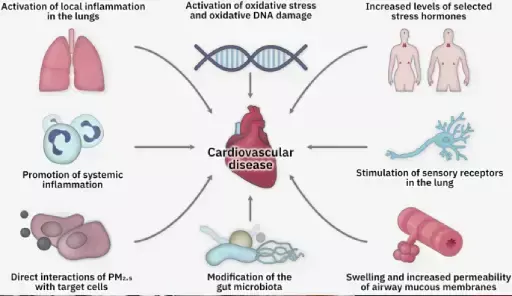
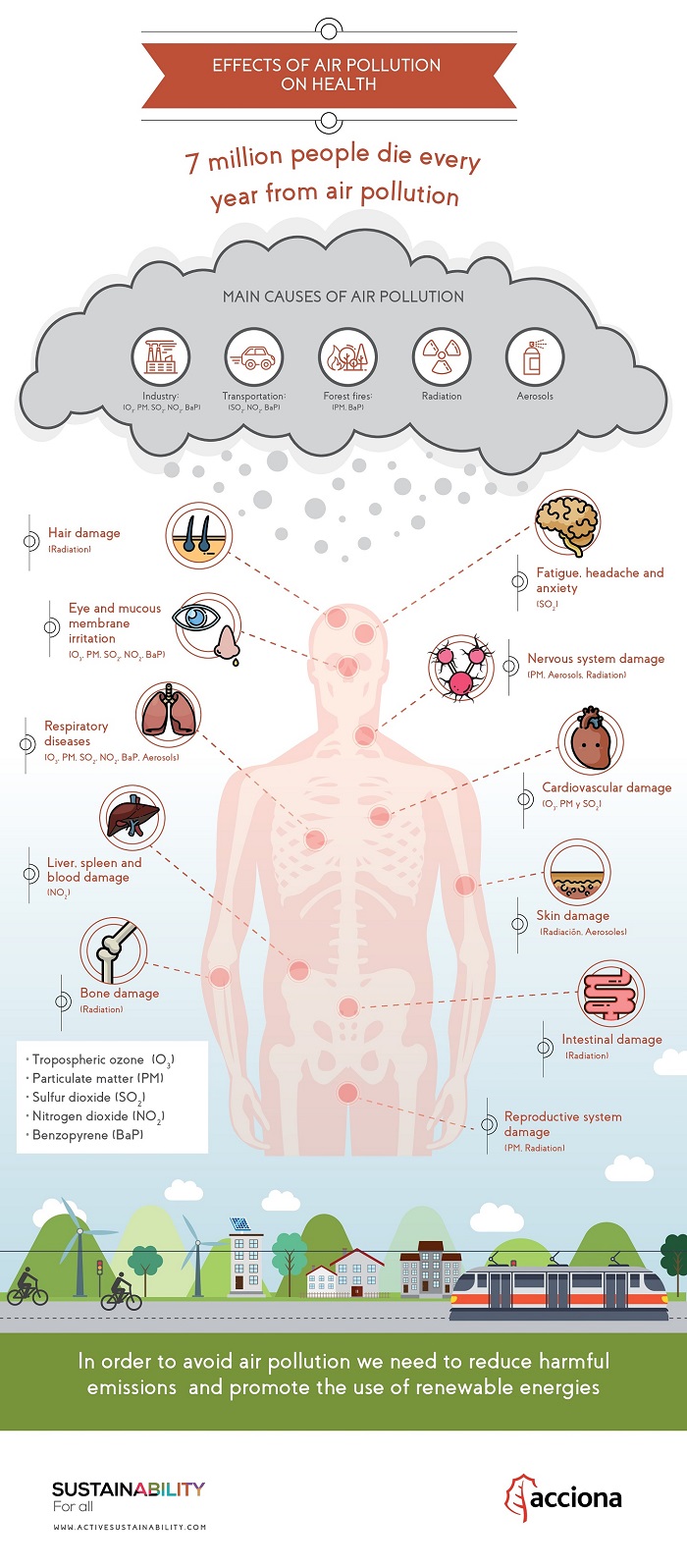
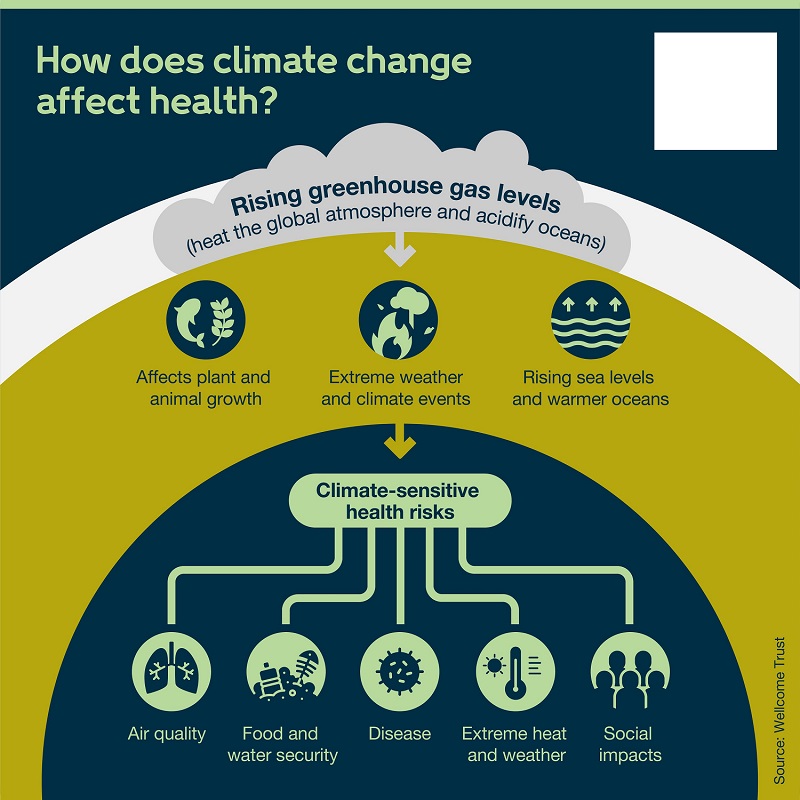
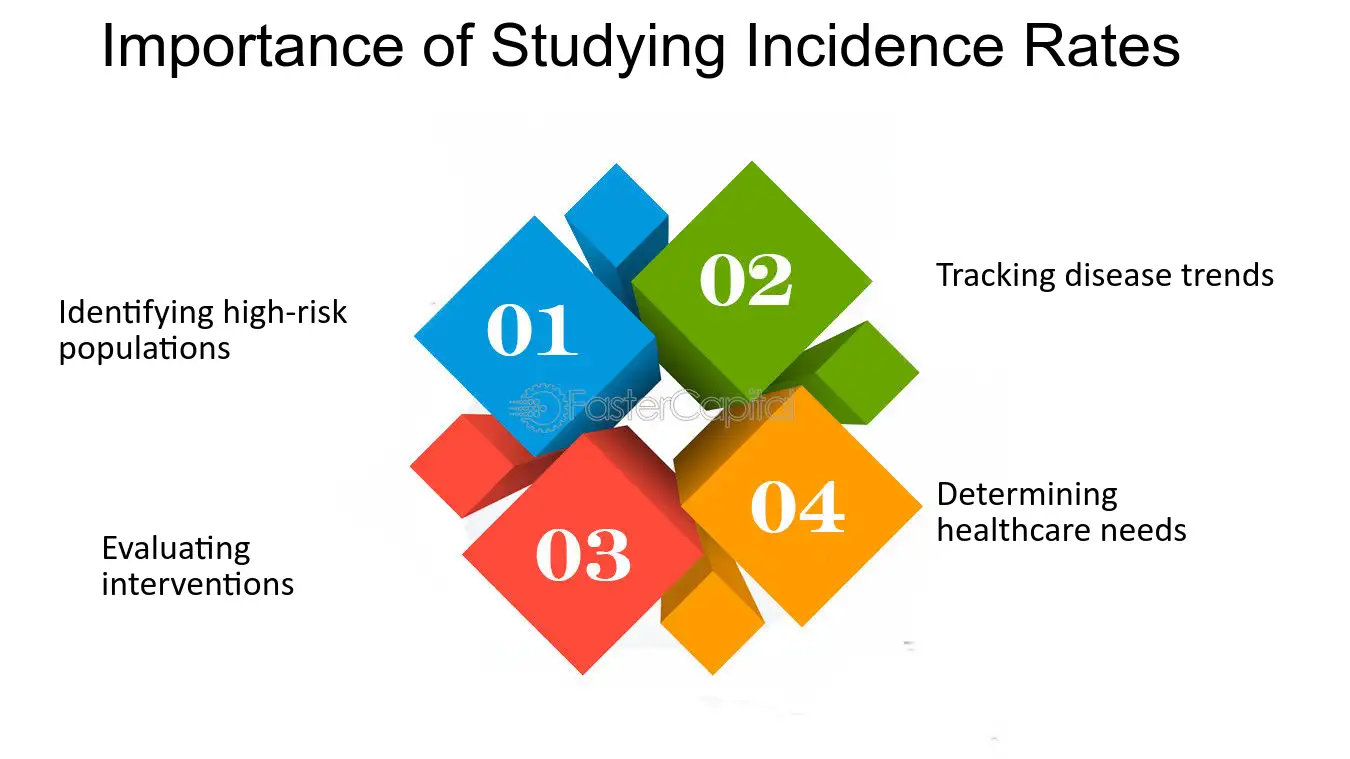
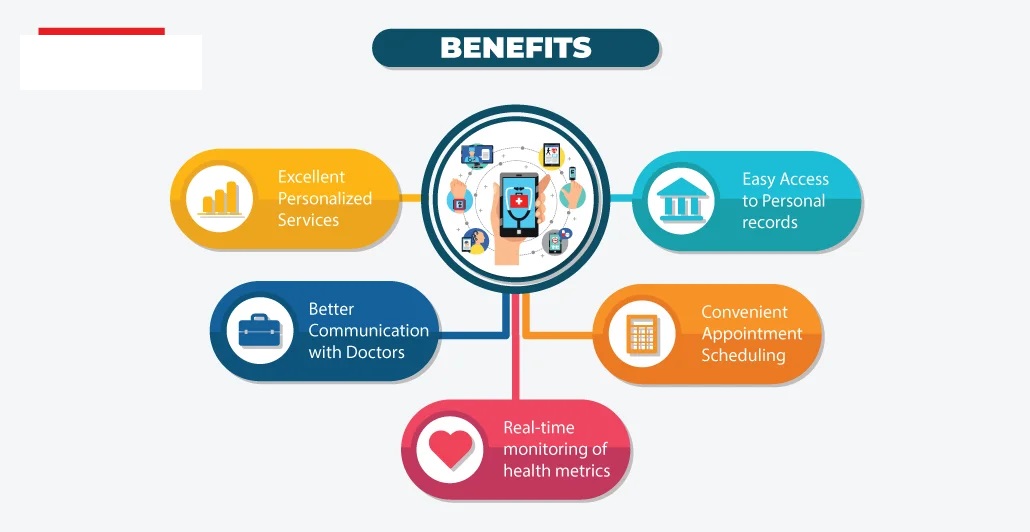
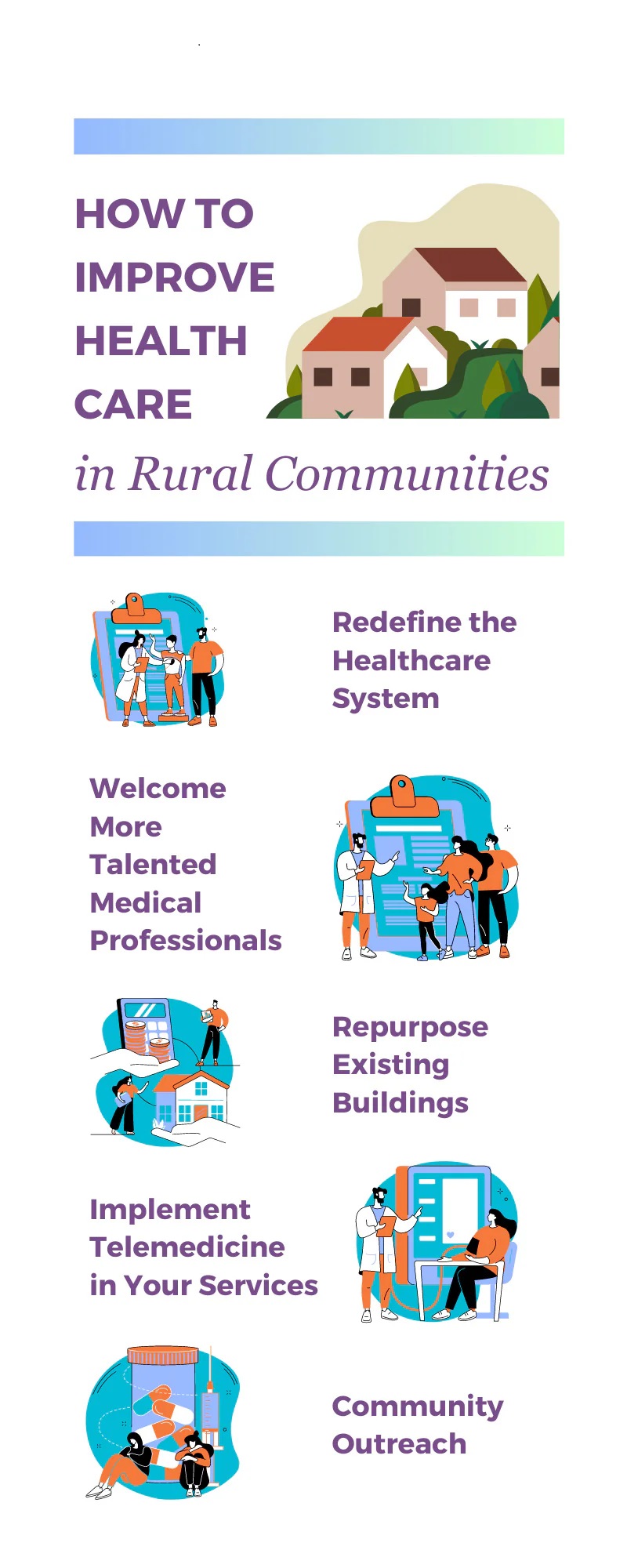

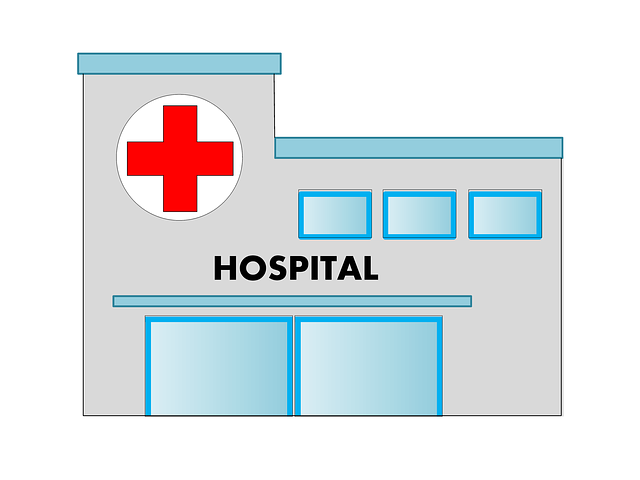
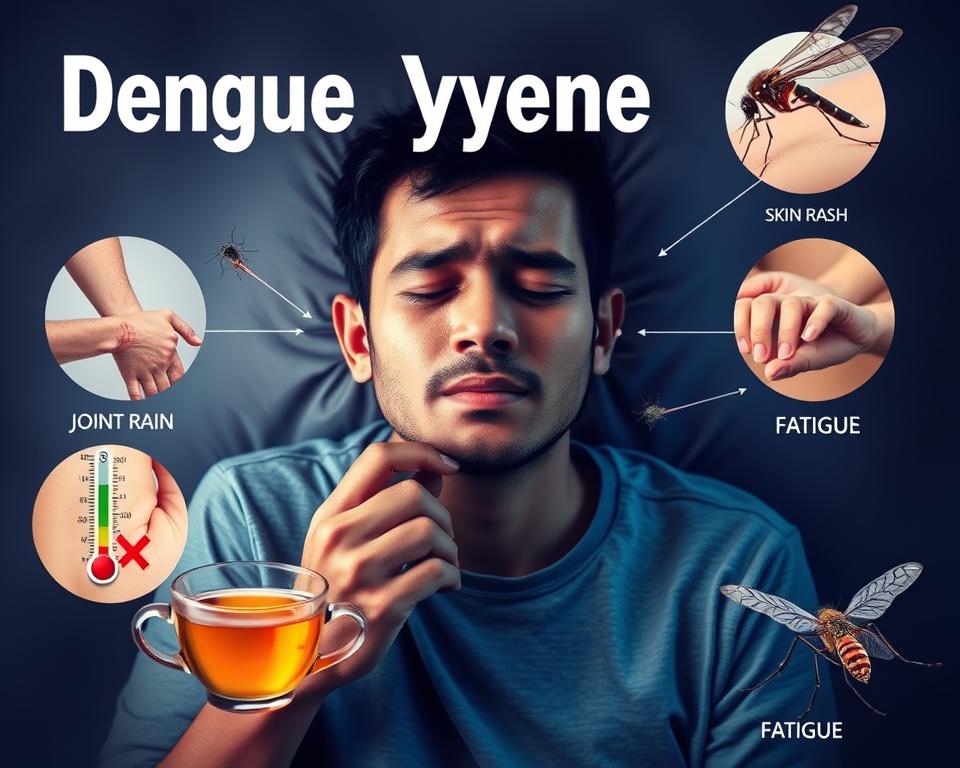



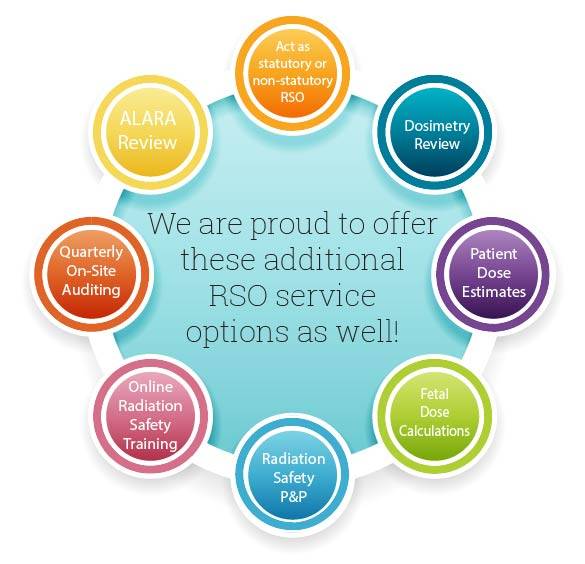
Leave a Reply